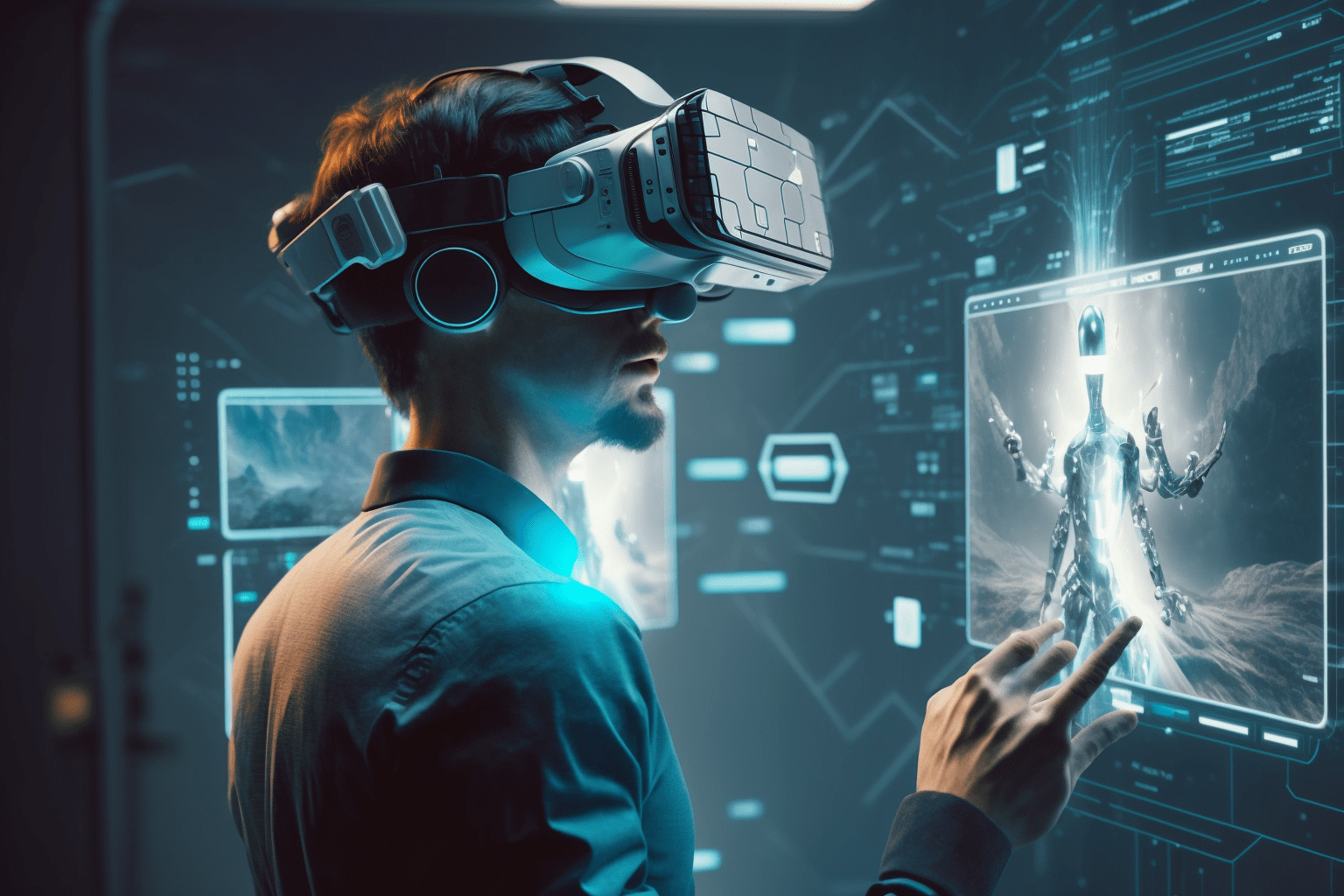VR & AR
The Future of VR and AR: 7 Exciting Trends to Watch


Continue Reading

Virtual reality (VR) and augmented reality (AR) are two of the most exciting technologies to emerge in recent years. They have the potential to change our lives in ways we can’t even imagine, but what’s next? In this article, we’ll take a look at seven trends that will shape VR/AR over the coming years:
One of the most exciting aspects of VR and AR is their ability to immerse users in new worlds. As these technologies continue to improve, they’ll become more realistic and immersive than ever before.
The first step toward greater immersion is improved visuals: better graphics, higher resolution displays, and more lifelike environments will make you feel like you’re really there. But even with these advancements in place, it’s still not quite enough–we need more than just pretty pictures on a screen if we want our brains to truly believe that we’ve been transported somewhere else entirely.
To this end, researchers are working on adding haptic feedback (the sense of touch) into virtual reality experiences through devices such as gloves or suits that simulate pressure against our skin when interacting with objects within the virtual world; this allows us to feel textures like leather or wood grain rather than simply seeing them onscreen without any sensation whatsoever! Another way developers are working toward greater realism is by incorporating audio elements into their games so players can hear footsteps behind them while walking through dark corridors; this makes playing games much scarier because now there’s no telling what might be lurking around every corner!
Multi-user experiences are another exciting trend to watch. This is where you and your friends can all be in the same virtual space, interacting with each other and the environment around you. Imagine playing a game together or collaborating on a project from different locations–it’s like being able to meet up in person without having to travel!
This technology also has applications outside of gaming and entertainment: it could be used for training purposes or even remote work meetings (although we’ll have to wait until holographic teleconferencing becomes more advanced).
The future of VR and AR is a wide-open space, with a lot of exciting possibilities. Here are some trends to watch out for:
The technology behind VR and AR is advancing rapidly, which means that we can expect to see more advanced applications in the future. For example, medical and educational uses of VR/AR are likely to increase as it becomes easier for doctors and teachers to create realistic simulations of their work environments.
Similarly, automotive and industrial applications are likely to become more common as companies find ways to use these technologies effectively in their workflows. Finally, social and entertainment applications will also continue to grow as developers find new ways for people from all walks of life (not just gamers) to interact with one another through virtual worlds created by headsets like Oculus Rift or Microsoft HoloLens
As VR and AR become more popular, it’s likely that they will become more accessible.
As you can see, there are many exciting trends to watch in the VR and AR space. The potential for innovation is huge, and it’s only a matter of time before we see some really cool applications of this technology.